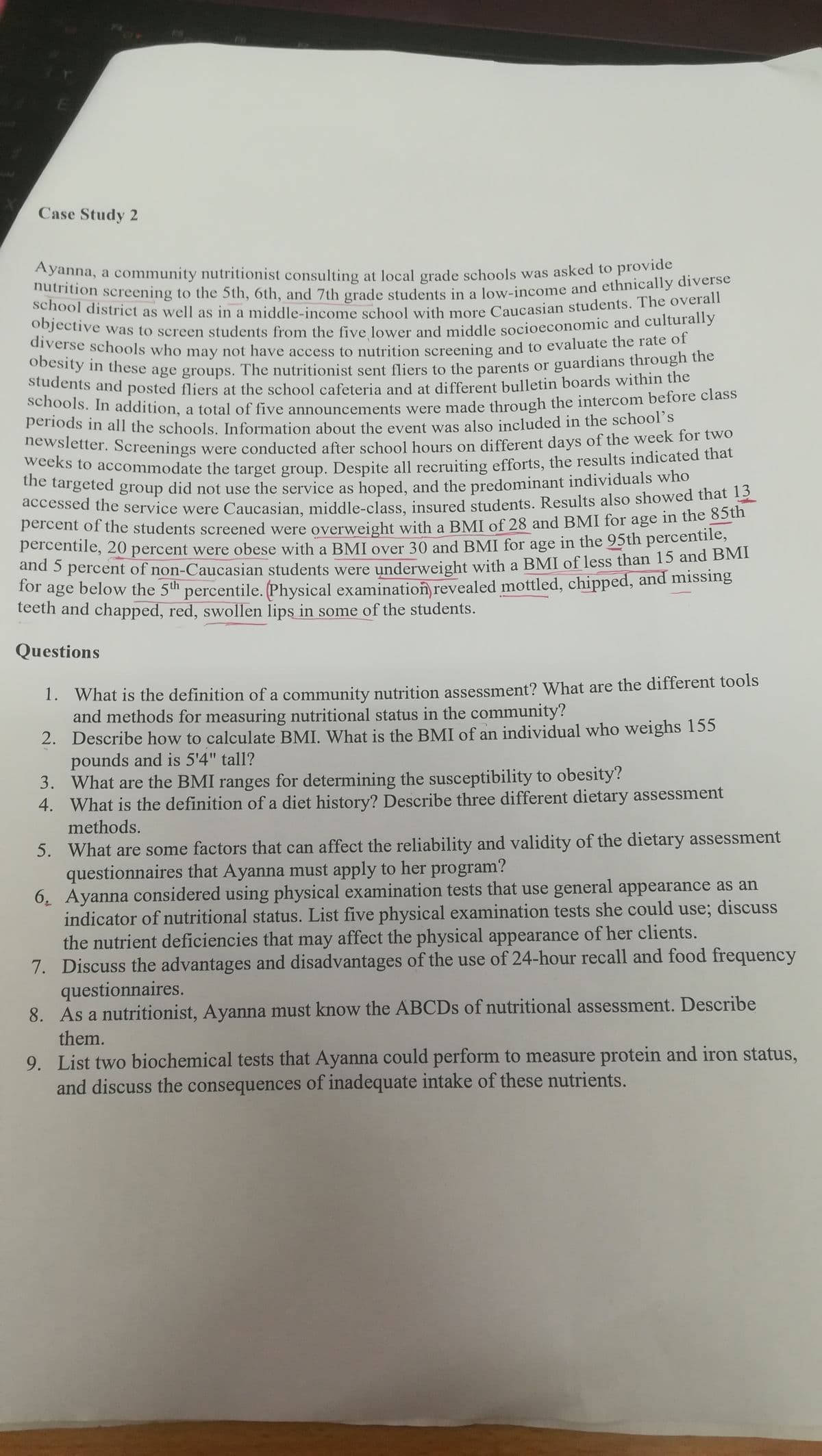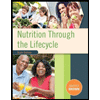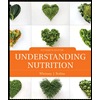1. What is the definition of a community nutrition assessment? What are the different tools and methods for measuring nutritional status in the community? 2. Describe how to calculate BMI. What is the BMI of an individual who weighs 155 pounds and is 5'4" tall? 3. What are the BMI ranges for determining the susceptibility to obesity?
1. What is the definition of a community nutrition assessment? What are the different tools and methods for measuring nutritional status in the community? 2. Describe how to calculate BMI. What is the BMI of an individual who weighs 155 pounds and is 5'4" tall? 3. What are the BMI ranges for determining the susceptibility to obesity?
Nutrition Through The Life Cycle
7th Edition
ISBN:9781337919333
Author:Brown, Judith E.
Publisher:Brown, Judith E.
Chapter12: Child And Preadolescent Nutrition
Section: Chapter Questions
Problem 8RQ
Related questions
Question

Transcribed Image Text:schools. In addition, a total of five announcements were made through the intercom before class
newsletter. Screenings were conducted after school hours on different days of the week for two
diverse schools who may not have access to nutrition screening and to evaluate the rate of
XX
Case Study 2
Ayanna, a community nutritionist consulting at local grade schools was asked to provide
atrition screening to the 5th, 6th, and 7th grade students in a low-income and ethnically diverse
ohdor district as well as in a middle-income school with more Caucasian students. The overall
diective was to screen students from the five lower and middle socioeconomic and culturally
uiverse schools who may not have access to nutrition screening and to evaluate the rate o1
stude n these age groups. The nutritionist sent fliers to the parents or guardians through the
Students and posted fliers at the school cafeteria and at different bulletin boards within the
Dori s. In addition, a total of five announcements were made through the intercom before class
penods in all the schools. Information about the event was also included in the school´s
newsietter. Screenings were conducted after school hours on different days of the week for two
eeks to accommodate the target group, Despite all recruiting efforts, the results indicated that
targeted group did not use the service as hoped, and the predominant individuals who
accessed the service were Caucasian, middle-class, insured students. Results also showed that 12
percent of the students screened were overweight with a BMI of 28 and BMI for age in the 85tm
percentile, 20 percent were obese with a BMI over 30 and BMI for age in the 95th percentile,
and 5 percent of non-Caucasian students were underweight with a BMI of less than 15 and BMI
for age below the 5th percentile. (Physical examination revealed mottled, chipped, and missing
for
teeth and chapped, red, swollen lips in some of the students.
Questions
1. What is the definition of a community nutrition assessment? What are the different tools
and methods for measuring nutritional status in the community?
2. Describe how to calculate BMI. What is the BMI of an individual who weighs 155
pounds and is 5'4" tall?
3. What are the BMI ranges for determining the susceptibility to obesity?
4. What is the definition of a diet history? Describe three different dietary assessment
methods.
5. What are some factors that can affect the reliability and validity of the dietary assessment
questionnaires that Ayanna must apply to her program?
6. Ayanna considered using physical examination tests that use general appearance as an
indicator of nutritional status. List five physical examination tests she could use; discuss
the nutrient deficiencies that may affect the physical appearance of her clients.
7. Discuss the advantages and disadvantages of the use of 24-hour recall and food frequency
questionnaires.
8. As a nutritionist, Ayanna must know the ABCDS of nutritional assessment. Describe
them.
9. List two biochemical tests that Ayanna could perform to measure protein and iron status,
and discuss the consequences of inadequate intake of these nutrients.
Expert Solution
This question has been solved!
Explore an expertly crafted, step-by-step solution for a thorough understanding of key concepts.
Step by step
Solved in 2 steps with 2 images

Knowledge Booster
Learn more about
Need a deep-dive on the concept behind this application? Look no further. Learn more about this topic, nursing and related others by exploring similar questions and additional content below.Recommended textbooks for you

Nutrition Through The Life Cycle
Health & Nutrition
ISBN:
9781337919333
Author:
Brown, Judith E.
Publisher:
Cengage Learning,

Nutrition Through the Life Cycle (MindTap Course …
Health & Nutrition
ISBN:
9781305628007
Author:
Judith E. Brown
Publisher:
Cengage Learning

Understanding Nutrition (MindTap Course List)
Health & Nutrition
ISBN:
9781337392693
Author:
Eleanor Noss Whitney, Sharon Rady Rolfes
Publisher:
Cengage Learning

Nutrition Through The Life Cycle
Health & Nutrition
ISBN:
9781337919333
Author:
Brown, Judith E.
Publisher:
Cengage Learning,

Nutrition Through the Life Cycle (MindTap Course …
Health & Nutrition
ISBN:
9781305628007
Author:
Judith E. Brown
Publisher:
Cengage Learning

Understanding Nutrition (MindTap Course List)
Health & Nutrition
ISBN:
9781337392693
Author:
Eleanor Noss Whitney, Sharon Rady Rolfes
Publisher:
Cengage Learning

Comprehensive Medical Assisting: Administrative a…
Nursing
ISBN:
9781305964792
Author:
Wilburta Q. Lindh, Carol D. Tamparo, Barbara M. Dahl, Julie Morris, Cindy Correa
Publisher:
Cengage Learning

Essentials Health Info Management Principles/Prac…
Health & Nutrition
ISBN:
9780357191651
Author:
Bowie
Publisher:
Cengage
